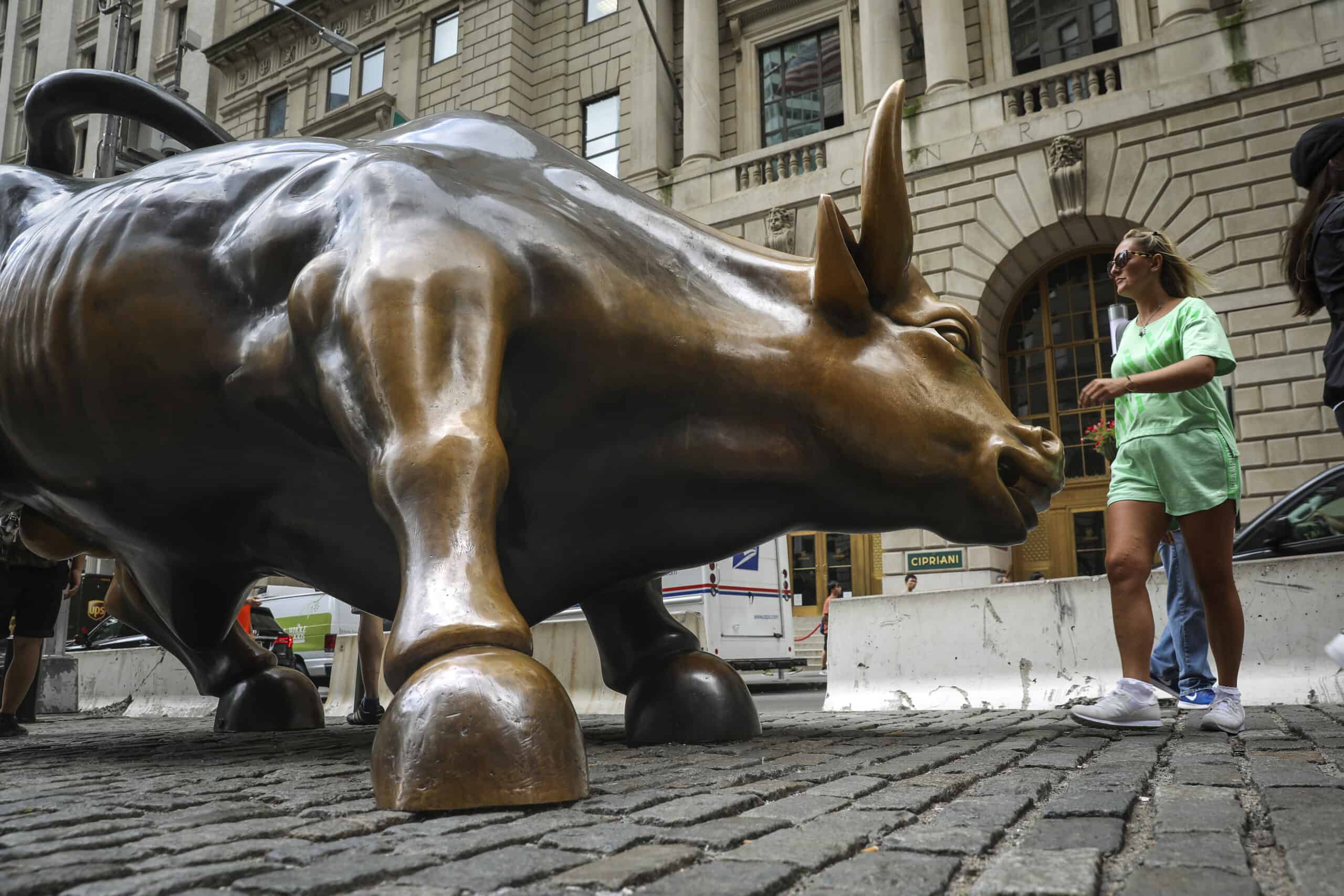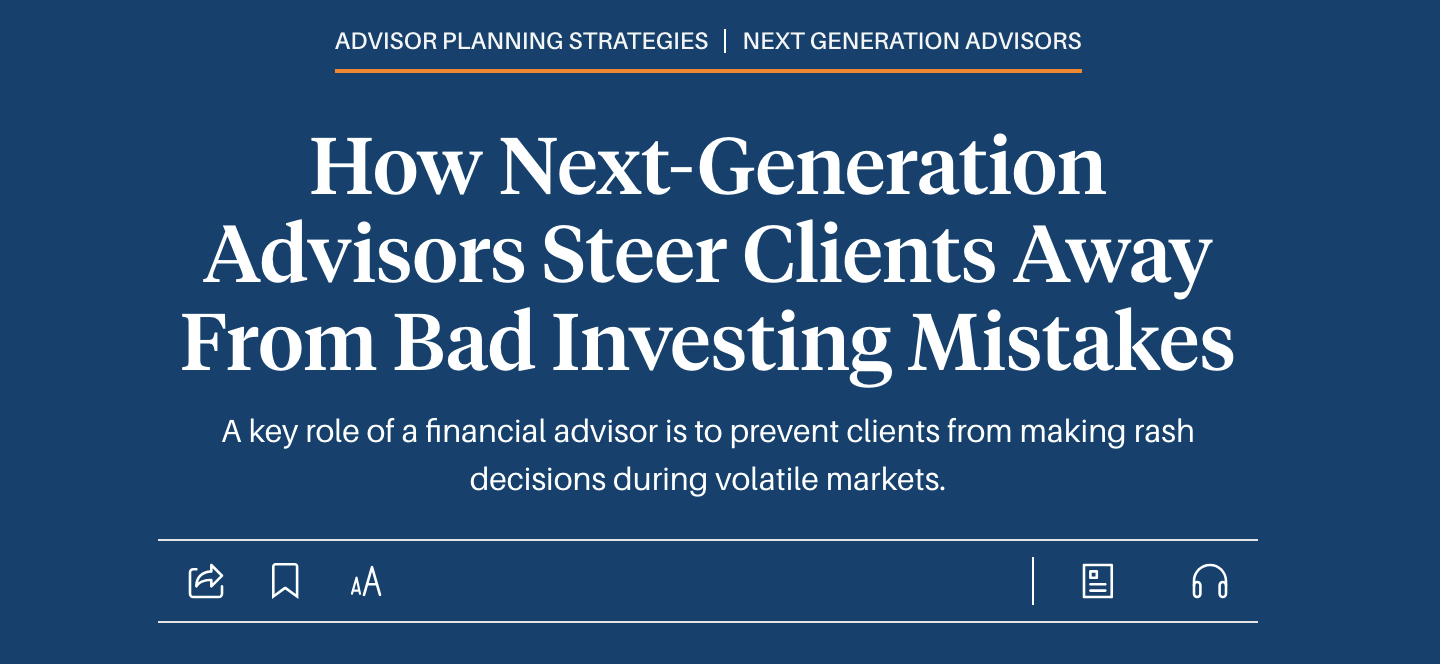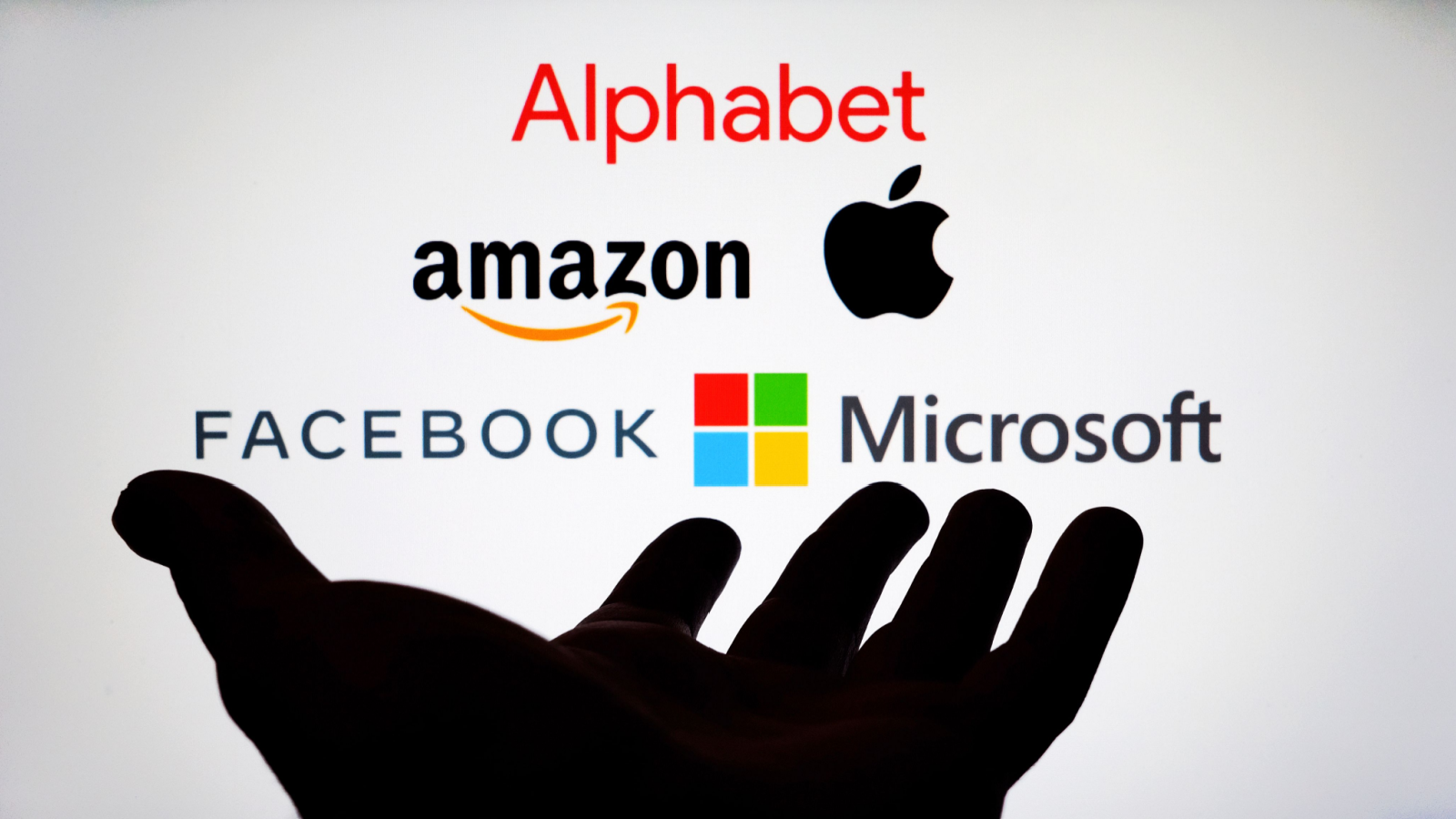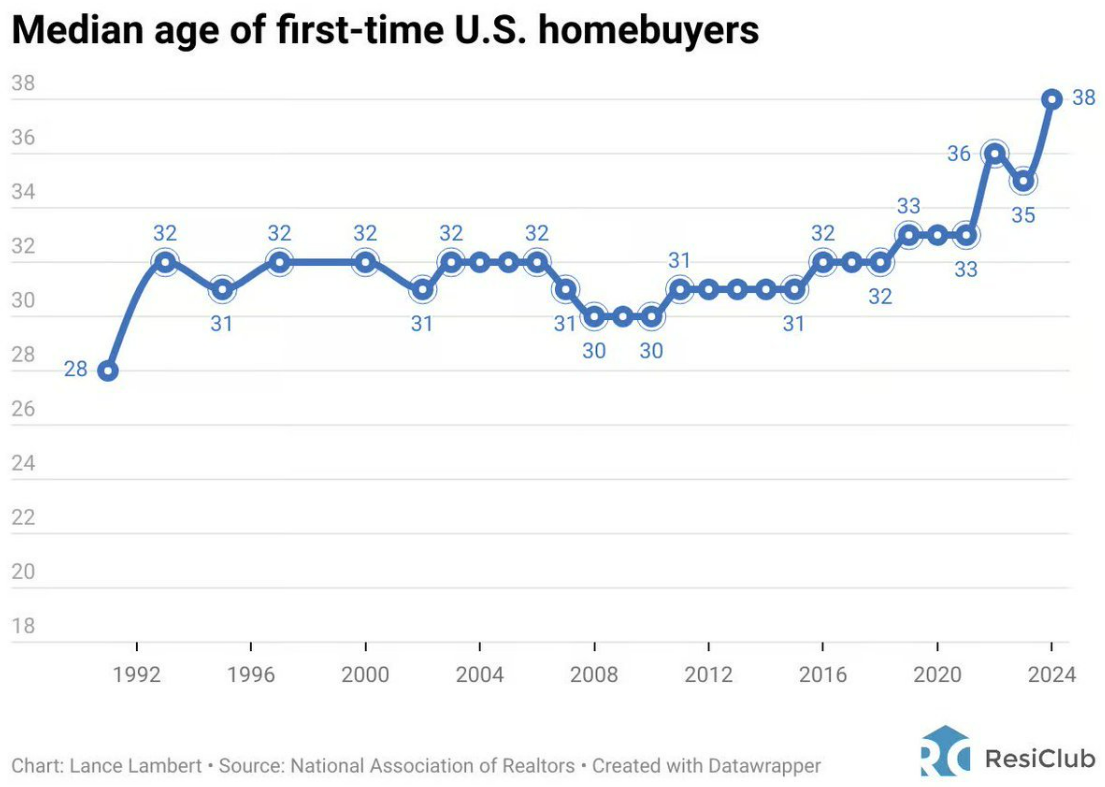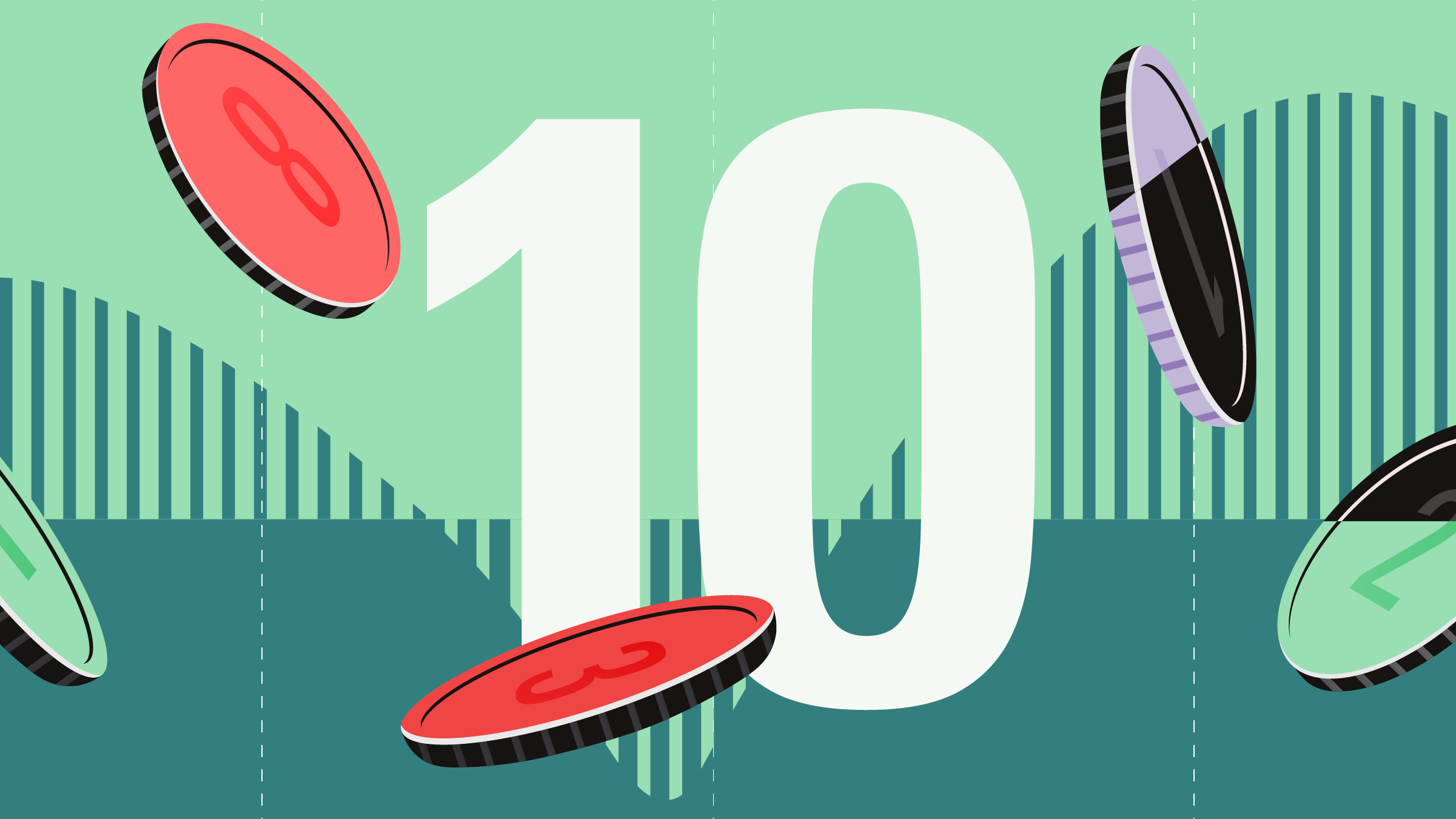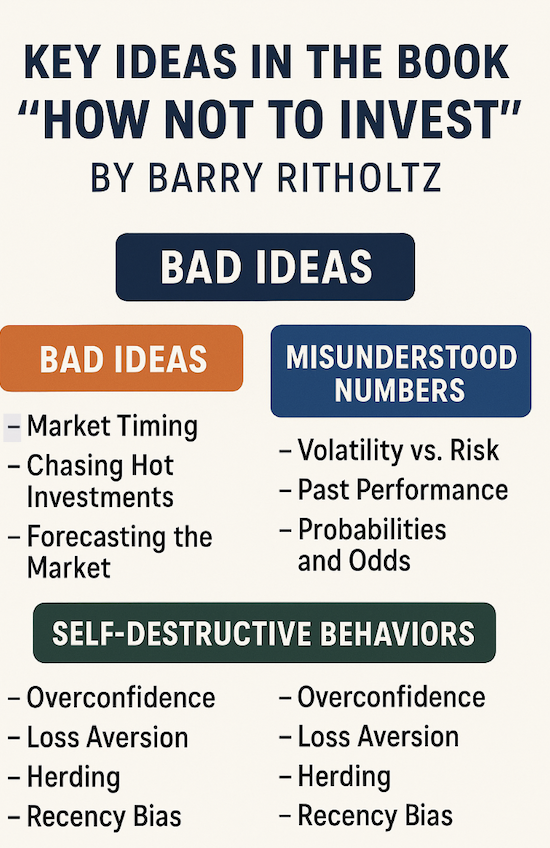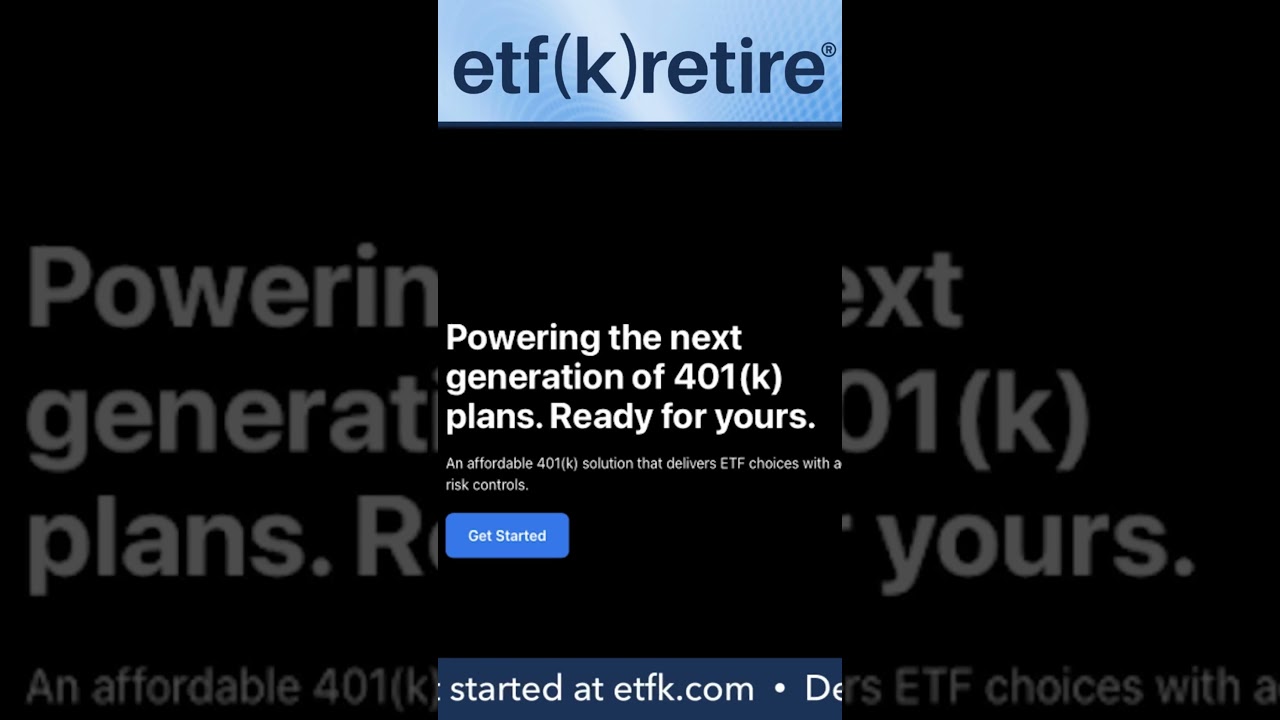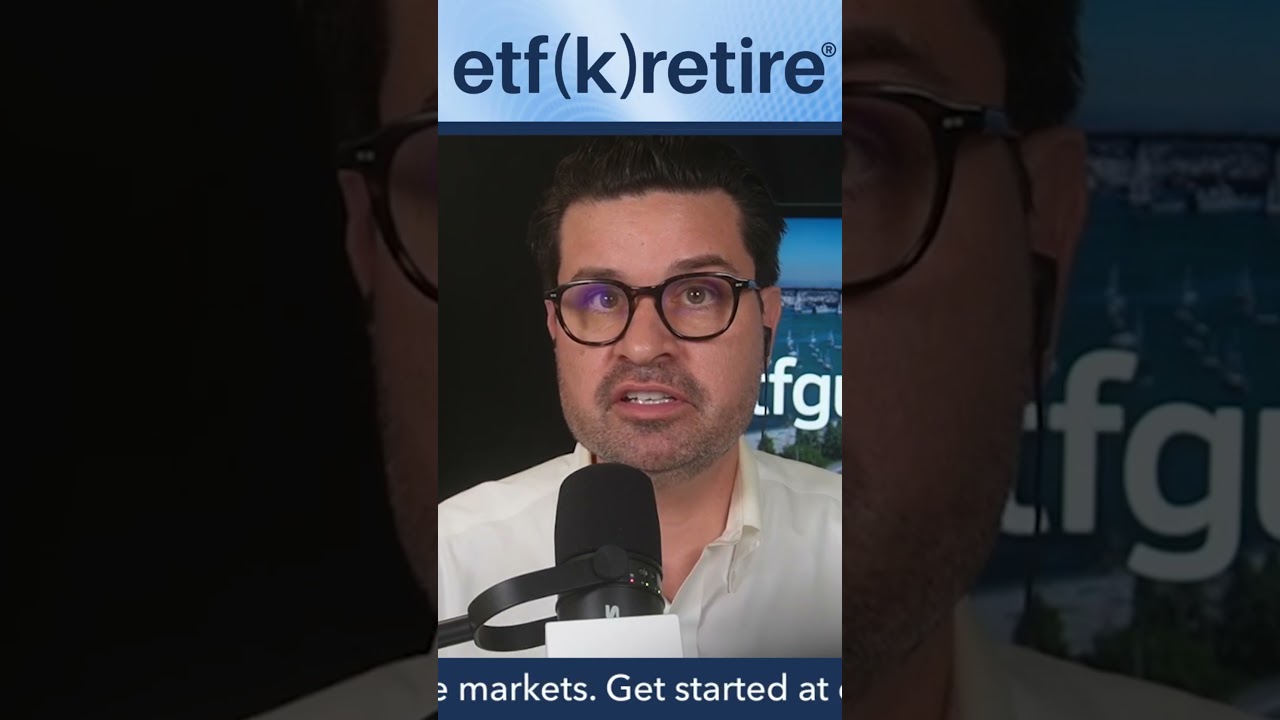I’m curious about dividend investing – What age and allocations are others using?
Dividend investing may be more favored by older investors who value passive income over growth and capital appreciation. However, investing in dividend payers can be a wise move, regardless of one’s age. Arguably, it’s better to go for the proven blue chips with dividends as a beginning investor than jump into the deep end with […] The post I’m curious about dividend investing – What age and allocations are others using? appeared first on 24/7 Wall St..
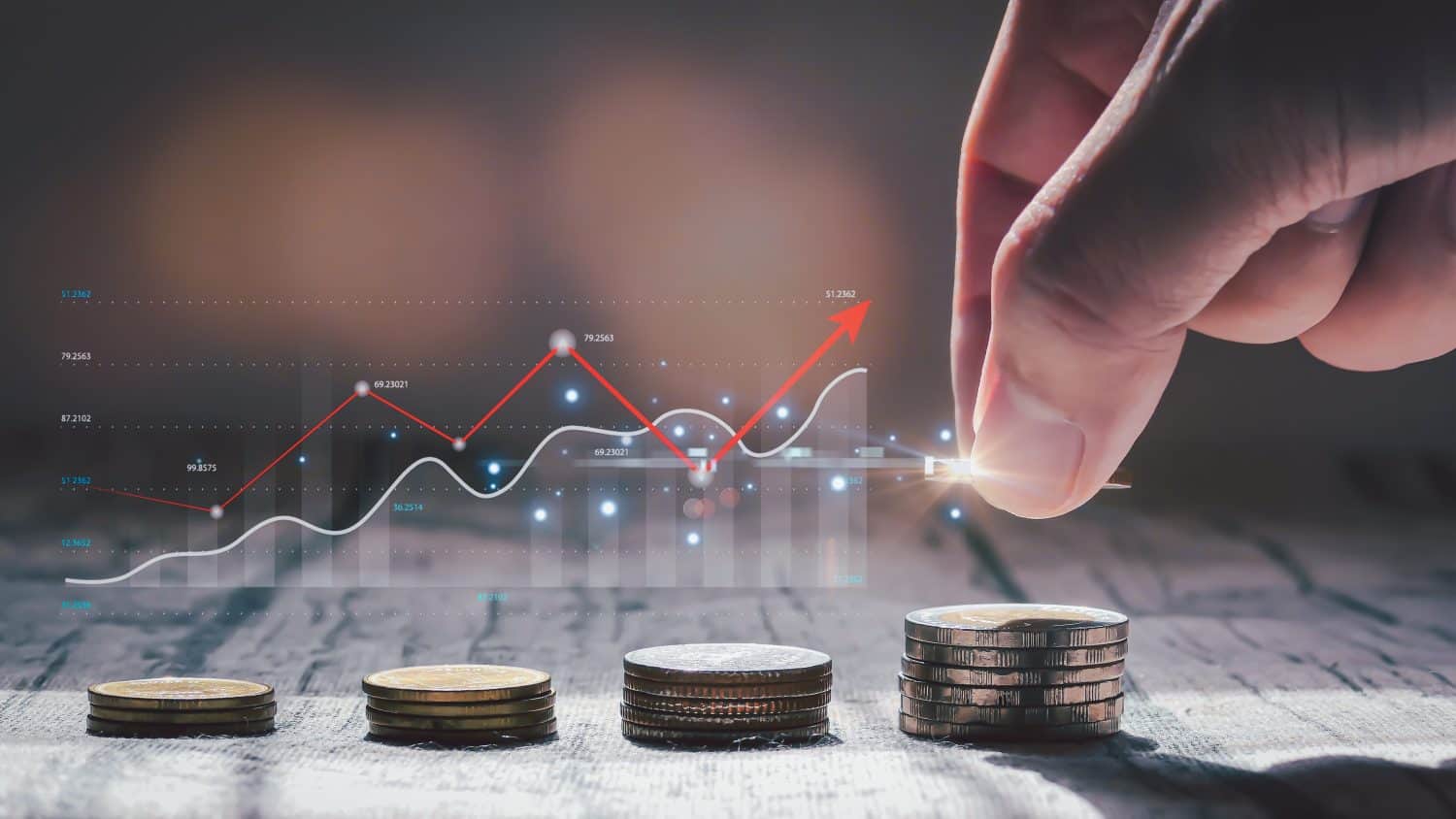
Dividend investing may be more favored by older investors who value passive income over growth and capital appreciation. However, investing in dividend payers can be a wise move, regardless of one’s age. Arguably, it’s better to go for the proven blue chips with dividends as a beginning investor than jump into the deep end with incredibly volatile but exciting growth stocks. When it comes to hot growth stocks, the stakes are higher, and a new investor may be more inclined to “chase” momentum and be startled out of a position when such momentum reverses. In any case, there’s really no right age to take on more of a dividend strategy.
Ultimately, it depends on one’s needs, goals, and tolerance for risk. Most young people should be in growth mode as they look to maximize the appreciation of their nest eggs. And while dividends can be a nice-to-have for such new, young investors, it’s worth noting that a dividend strategy isn’t always the most tax-efficient way to go. Additionally, a dividend-focused strategy is not a proven way to beat the markets consistently over the long haul. A
t the end of the day, more money paid out in dividends means less for a company to reinvest into its growth drivers. Often, lower growth means higher dividend yields, and vice versa. Though some exceptions can be made during the depths of a stock market correction or crash.
In this piece, we’ll look at common approaches among investors in different age groups to help readers better find the right allocation.
Key Points
-
Younger investors should favor growth over yield while gradually transitioning as they age and their passive income needs grow.
-
Are you ahead, or behind on retirement? SmartAsset’s free tool can match you with a financial advisor in minutes to help you answer that today. Each advisor has been carefully vetted, and must act in your best interests. Don’t waste another minute; get started by clicking here.(Sponsor)
Younger investors: Go for growth
Young investors in their 20s and 30s should seek to have a heavier allocation towards the types of growth stocks that have little (or no) dividends. Indeed, we’re talking about yields south of the 1% mark. And while a few extra dollars in dividend income are nice to have, one must remember that any such dividends should be reinvested anyhow to jolt one’s growth. In any case, I think it makes less sense to have more than 25% of one’s equity portfolio in high-yielding dividend stocks unless there’s some specific passive income need that needs to be met.
Microsoft (NASDAQ:MSFT), which yields 0.84%, stands out as a perfect holding for a younger investor who prioritizes capital gains over dividends. And while the yield is quite small, I am a fan of the dividend growth trajectory as the company executes on the AI boom. With around 30% of code reportedly now generated by AI, at least according to CEO Satya Nadella, Microsoft seems to have the perfect AI flywheel that could power it to robust gains over the long haul.
Middle-aged investors: Go for dividend growth
For someone in middle age, opting for a dividend and growth mix seems to make the most sense. Whether that entails 50% in dividend stocks and 50% in higher-growth names, finding the right balance as one begins the process of winding down in their 40s and 50s for a potentially early retirement could prove wise. Additionally, dividend-growth stocks that have a long history of raising dividends by double-digit percentage amounts in any given year could be an excellent choice.
For instance, shares of the Home Depot (NYSE:HD) stand out as a stellar option, given its robust dividend and respectable growth profile. The home improvement firm has a wide moat surrounding its corner of the market, which has allowed it to average around 15% in dividend growth over the past five years. With a solid 2.56% dividend yield and above-average dividend growth prospects, HD stock stands out as a perfect bet for dividend investors in their 40s or 50s.
Retirement age: Doubling down on passive income
Finally, someone in retirement may wish to go heavier on the dividend stocks. While it may still be hard to live off dividends alone, I do think that those with enough passive income streams (think pensions, Social Security, etc) may have the opportunity to minimize the withdrawal from their invested principal.
For such income-focused retirees, the iShares International Select Dividend ETF (IDV) stands out, with a nice 5.6% yield and broad exposure to the developed international markets beyond the U.S. Also, as the tariff war continues, the international financial markets may not have as much downside risk as the S&P 500.
The post I’m curious about dividend investing – What age and allocations are others using? appeared first on 24/7 Wall St..







































